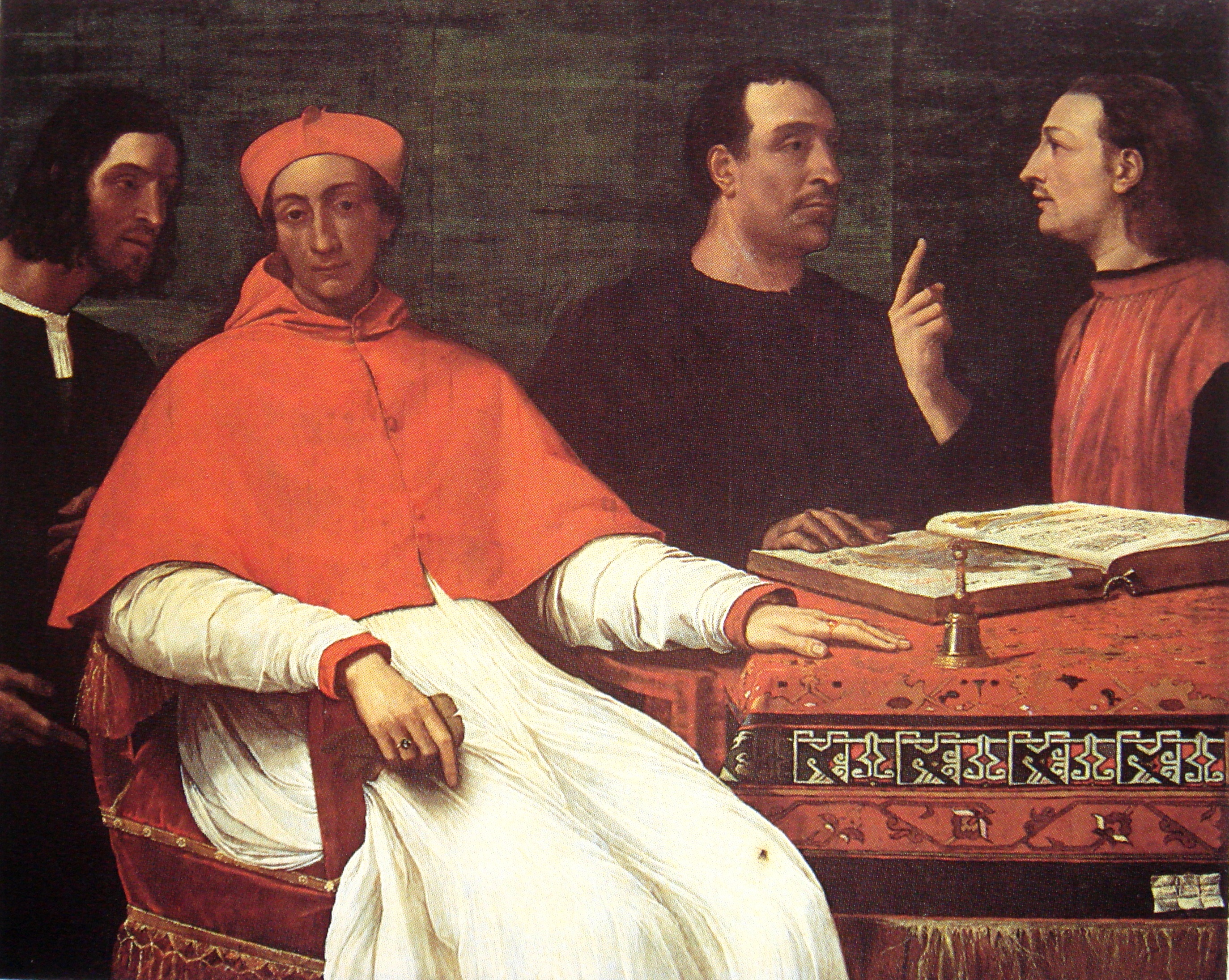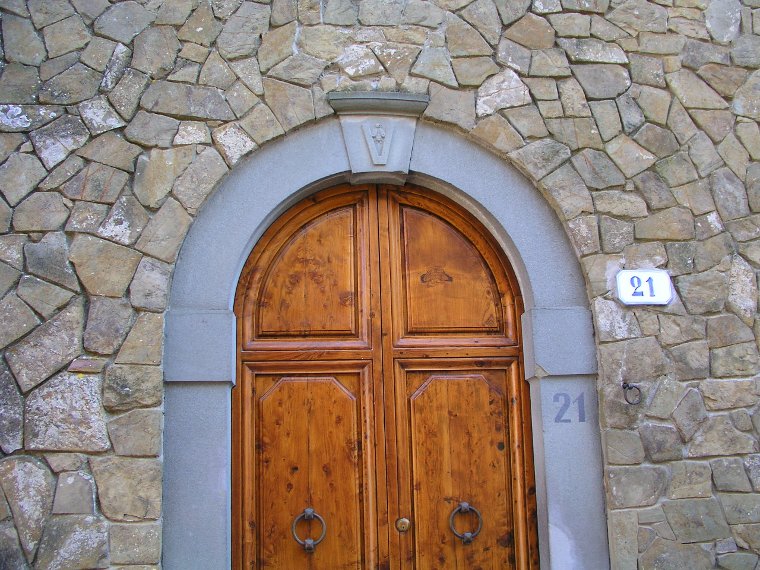Before considering where the Vespucci art collection was kept and how it was displayed, I need to ask myself the following questions: where did the Vespucci live? Is it possible to locate the family palace in Florence today? Unfortunately these simple questions have no simple answers: apparently the family did not owed just a palace but several houses. This information complicates the research because investigations cannot focus on one site only but have to take into consideration both the palace and the houses. Working on different sites might also complicate the reconstruction of the family collection that, in all probability, was not kept in one place only but spread in the several properties. Ouch!
I managed to find information on the Vespucci houses on Internet. Browsing several websites I came across information relating the palace that used to belong to the Vespucci. The building still stands today in Florence (via dei Servi) and it is commonly known as Palazzo Incontri. The palace was sold to Giovanni Vespucci in 1499 and it appears to be the building in which, according to Vasari, Botticelli and Piero di Cosimo painted two rooms (see previous post, Friday 10 December 2010) The history of the building is well explained on the palace website: http://www.palazzoincontri.com/notiziein.htm. A valuable (although not academic) source is also the brief description available on Wikipedia: http://it.wikipedia.org/wiki/Palazzo_Incontri
Palazzo Incontri
Online I also came across the transcriptions of some documents of the Florentine Catasto related to the Vespucci family (http://e-prints.unifi.it/archive/00000583/01/Pagine_9-87.pdf) These documents, dated 1451-1515, show that by 1451 the family was living in the Ognissanti area, in the street called Via Nuova (today Via della Porcellana). Apparently the Vespucci family owed houses in that street before acquiring the palace in 1499.
While the Vespucci palace still stands today (although greatly modified by later construction works), less is known about the house(s) in Via della Porcellana. Are they still visible? It is known that in 1380 Simone di Piero Vespucci, who was living in that street, decided to open a hospital for the citizens and his house became part of the hospital today known as Spedale San Giovanni di Dio. Visiting the hospital in Florence would be a good starting point for my research.
Questions that come to mind are: how many houses did the Vespucci owed in Via delle Porcellane? How were they connected to the ‘Spedale? Did the family continue to live there after Giovanni Vespucci bought the palace? How were the family’s lineages grouped in the houses? Further research will hopefully shed light on these issues.













